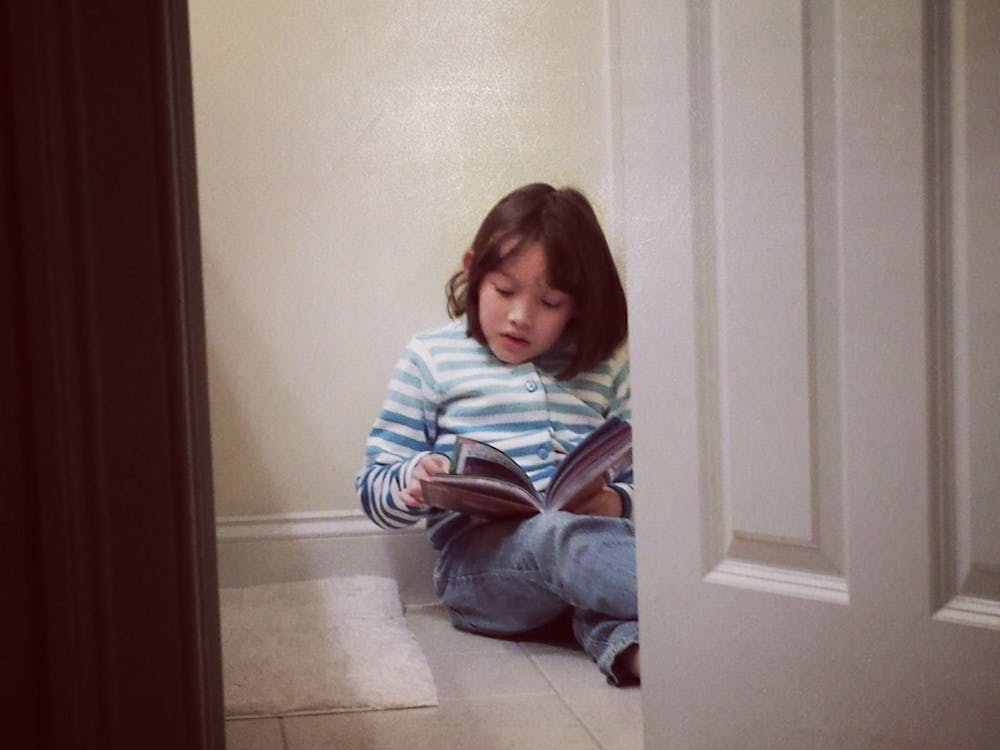Procrastinating my search for employment yet still desiring a source of income, I filled out a Google Forms survey the other day to determine my eligibility to participate in a paid research study. The questionnaire asked whether I had ever fainted before.
Indeed, I have, twice — both times in ninth grade Health class. My first episode was triggered by watching a video of a gastric lavage being performed, the second by the teacher’s telling us about how a student developed an infection after her boyfriend’s condom unknowingly got stuck inside her vagina.
Although her anecdote, like most, was likely intended to discourage the class from engaging in premarital heterosexual sex, it served to delay me from accepting my being gay.
I am not trying to proclaim that high schoolers shouldn’t be taught about female anatomy for fear of making those who are closeted to themselves and sexually unawakened fall unconscious.
During 11th grade Health class, my friend and I joked about the “mystique of the clitoris” when our teacher failed even to mention its existence in her lesson on sex organs. After class, shocked, we asked her why.
“It might make... certain kids uncomfortable,” she said, rolling her eyes as she not only slighted me inadvertently, but also reinforced stigmas about female sexual pleasure. (I won’t even begin to address the deficits for cishets in sex education, even though it is cishet-geared.)
Dreading another fainting spell, at the time I was perfectly content not to have to learn more about the physiology of the sex I felt socially obliged to desire, but my teacher was treating the symptom of my would-be discomfort and not its underlying cause: the exclusion of the queer community from sex education at my school, along with tens of thousands of others.
I suppose I would be dishonoring my alma mater if I failed to acknowledge the barebones presentation we received freshman year from Long Island Gay and Lesbian Youth (Ligaly), which gave me the impression that LGBTQ people were the Other. Another presentation given by the same organization two years later, though informative, served primarily as a much-belated, superficial cure-all for the lack of queer representation in the Health curriculum.
It goes without saying that I don’t find the clitoris and vulva to be particularly visually appealing, but it was not my teacher’s (albeit graphic) descriptions of female anatomy that brought me to the floor. I‘m not squeamish; I can talk about flesh and blood and feces at the tables in the FFC. It was the heteronormativity that she and her fellow sex educators had cultivated.
Before fainting, I remember becoming increasingly nervous as I scanned the faces of my male peers. I wondered how they were reacting to the story. Were they (somehow) turned on? Was I supposed to be? What facial expression should I be making in order to mask my discomfort? Why was I uncomfortable?
According to a Teaching Tolerance article titled “The New Sex Ed,” a study conducted by the Gay, Lesbian and Straight Education Network (GLSEN) in 2014 found that only five percent of middle and high schoolers reported that their health classes included “positive discussions of LGBT-related topics.” At the time, eight states banned “LGBT content” in sex education classes; four even mandated “explicitly negative messages about LGBT identities.”
According to a Guttmacher Institute fact sheet, as of this New Year’s Day, only 12 states “require discussion of sexual orientation.” Nine require it to be inclusive, but the other three require only negative information.
Kept not only in the closet but in the dark, LGBTQ youth are not provided with information to address their health needs, “leaving them at risk for sexual violence and prone to engage in unprotected sex,” says the Center for the Study of Women (CSW) at the University of California, Los Angeles.
According to GLSEN, queer youth are already more likely “to have begun having sex at an early age and to have multiple partners compared to their heterosexual peers”; “to have sex while under the influence of alcohol or other drugs”; “to experience dating violence”; “to contract HIV or another STI”; and “to experience teen pregnancy.” They are less likely to “use condoms or birth control when they have sex.”
Furthermore, the Center for American Progress (CAP) published that members of the LGBTQ community have “disproportionately high” rates of mental health issues and substance abuse. They turn to drugs in order to manage the stress of stigmatization and discrimination at school. Frequent harassment results in lower GPAs, lower self-esteem and higher rates of depression and suicide.
Sex educators wield an enormous capacity and responsibility to build comprehensive curricula that affirm and normalize — not shame and marginalize — the identities of LGBTQ youth at a critical time in their formation.
A CAP study demonstrated that implementing queer-inclusive sex education, whose support encompasses “most parents, medical organizations, and educational organizations” and crosses both “political and religious lines,” builds safer school environments that teach cishet students to respect and value their LGBTQ peers.
For the sake of their academic success, health and wellbeing, queer youth must not be overlooked. Even if they appear nowhere on President Trump’s website, LGBTQ people do exist. Sex educators who fail to incorporate this truth into their lessons propagate a one-dimensional and inaccurate depiction of human sexuality, to the detriment of both their queer and cishet students.




